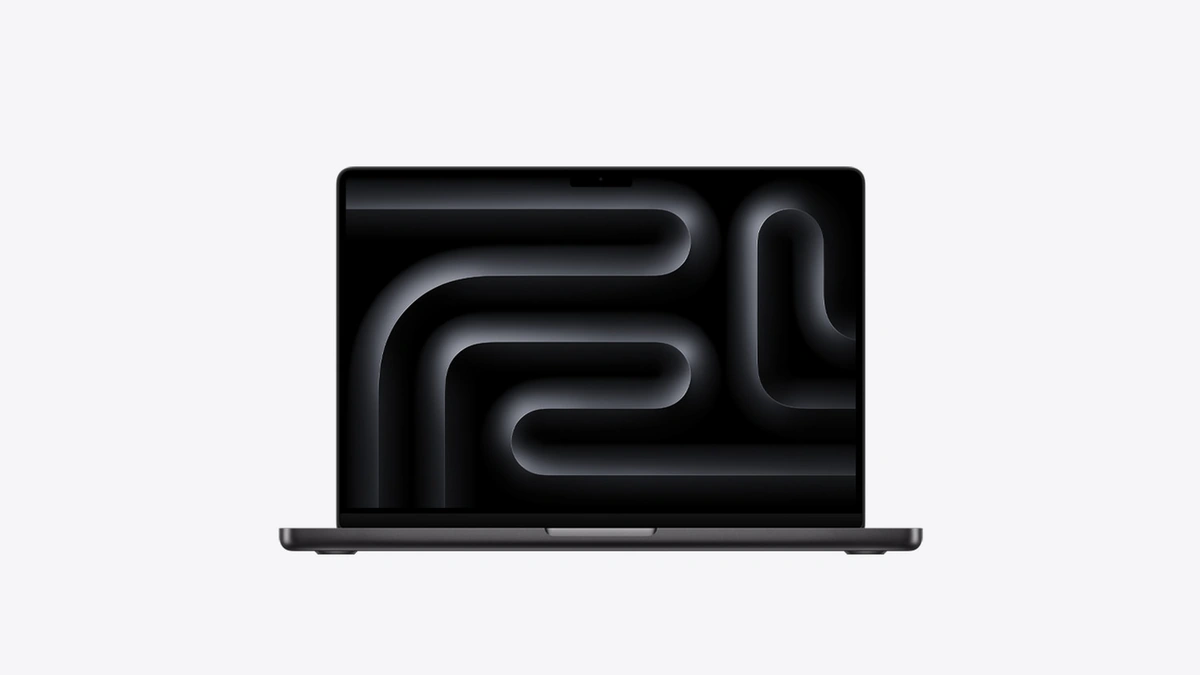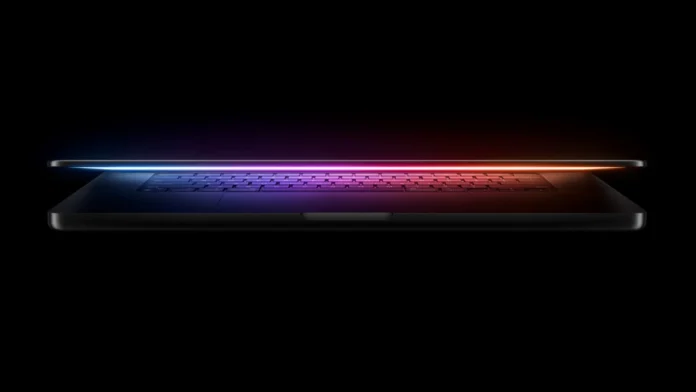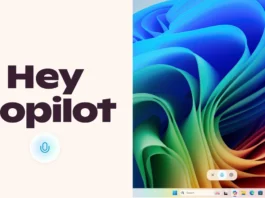Alright, folks, buckle up! The rumor mill is churning, and it’s spitting out some juicy gossip about Apple. We’re hearing whispers – and sometimes, these whispers turn into reality – that Apple is planning to launch a MacBook Pro with an OLED touchscreen. Yes, you read that right. Touchscreen on a MacBook Pro. And the timeline? Potentially by 2027. Let’s dive deep into what this could mean, why it matters, and why you should be even remotely interested.
Why OLED and Why Now?

Here’s the thing: Apple isn’t usually the first to jump on the bandwagon. They like to wait, watch, and then do it right . So, why OLED now? Well, OLED (Organic Light Emitting Diode) screens offer insane color accuracy, deeper blacks, and better energy efficiency than traditional LCDs. For creative professionals – the folks who rely on accurate color representation – this is HUGE. The current mini-LED displays are already impressive, but OLED technology promises an even more stunning visual experience. This isn’t just about making things look prettier; it’s about enhancing workflows and providing tools that are more precise and reliable.
Think about photographers editing photos, video editors fine-tuning color grades, or graphic designers crafting the next big ad campaign. The enhanced color accuracy and contrast offered by an OLED screen can make a significant difference in their work. It’s about giving them the best possible canvas to bring their ideas to life.
The Touchscreen Factor | A Game Changer?
Now, let’s talk about the touchscreen. Apple has always been a bit hesitant to fully embrace touchscreens on their laptops, preferring to keep that functionality reserved for iPads. But times are changing. The lines between tablets and laptops are blurring, and users are increasingly expecting more versatile devices. Imagine being able to directly manipulate objects in Final Cut Pro, sketch ideas directly onto your screen in Photoshop, or navigate complex spreadsheets with a simple swipe. The possibilities are pretty exciting. It also opens up a whole new realm of possibilities for software developers, who can now create apps that take full advantage of touch input. This could lead to a new wave of innovation in macOS, with apps becoming more intuitive and user-friendly.
But, let’s be honest, Apple’s implementation is going to be the key. Are we talking full-fledged iPad-style touch capabilities? Or something more limited? How will it integrate with the existing macOS interface? These are the questions that keep me up at night.
Speaking of integration, how will this affect the Magic Mouse and Trackpad? Will these continue to be viable options for MacBook Pro users or will they be relegated to legacy status? These are all important questions that remain unanswered.
What About 2027? Why So Far Away?
2027 might seem like a lifetime away in the tech world. So, why the long wait? Well, there are a few potential reasons. First, Apple is known for its meticulous attention to detail. They don’t rush things. They want to ensure that the technology is mature, reliable, and ready for prime time. Second, there’s the supply chain to consider. Sourcing high-quality OLED panels in the quantities that Apple needs is a massive undertaking. They need to secure partnerships with manufacturers and ensure a steady supply of components. Third, there’s the software integration. Implementing a touchscreen on a MacBook Pro with macOS requires a significant amount of software engineering. Apple needs to ensure that the touch input is seamlessly integrated into the operating system and that existing apps work flawlessly with the new interface.
Also, don’t forget the cost factor. OLED panels are still relatively expensive compared to traditional LCDs. Apple needs to find ways to bring down the cost of the technology so that they can offer the OLED MacBook Pro at a competitive price. As per the latest industry news , the increased demand for OLED displays across all consumer electronics has put a strain on the global supply chain, potentially contributing to the extended timeline for Apple’s implementation.
Impact on the Indian Market
So, what does this all mean for us here in India? Well, first off, it means a potentially more expensive MacBook Pro. Apple products are already premium-priced in India, and adding an OLED touchscreen will likely push the price even higher. But, for professionals who rely on the MacBook Pro for their livelihood, the investment could be well worth it. The enhanced display and touch capabilities could significantly improve their productivity and creativity. It also opens up new opportunities for Indian app developers to create innovative apps that take advantage of the touchscreen interface.
Furthermore, the arrival of an OLED MacBook Pro could further fuel the growth of the creative industry in India. As more and more professionals gain access to advanced tools and technologies, they will be able to produce higher-quality work and compete on a global scale. The growing demand for premium laptops in India signals a maturing market that appreciates quality and innovation. The Indian consumers are increasingly willing to invest in high-end devices that can enhance their productivity and creativity.
FAQ Section
Frequently Asked Questions
Will this new MacBook Pro replace the existing models?
Probably not entirely. Apple usually offers a range of models at different price points. This OLED touchscreen model will likely be a premium option.
What about the price?
Expect it to be expensive. OLED technology and touchscreen capabilities don’t come cheap.
Will all MacBook Pros get OLED touchscreens?
Eventually, maybe. But it’s more likely to start with the high-end Pro models first.
What if I don’t want a touchscreen?
Then you probably won’t have to buy one! Apple will likely continue to offer models without touchscreens.
Is this just a rumor?
For now, yes. But the sources are reputable. So, there’s a good chance it’s true.
So, there you have it. OLED touchscreens on MacBook Pros by 2027? It’s a tantalizing prospect. Whether you’re a creative professional, a tech enthusiast, or just someone who appreciates beautiful displays, this is definitely something to keep an eye on.



